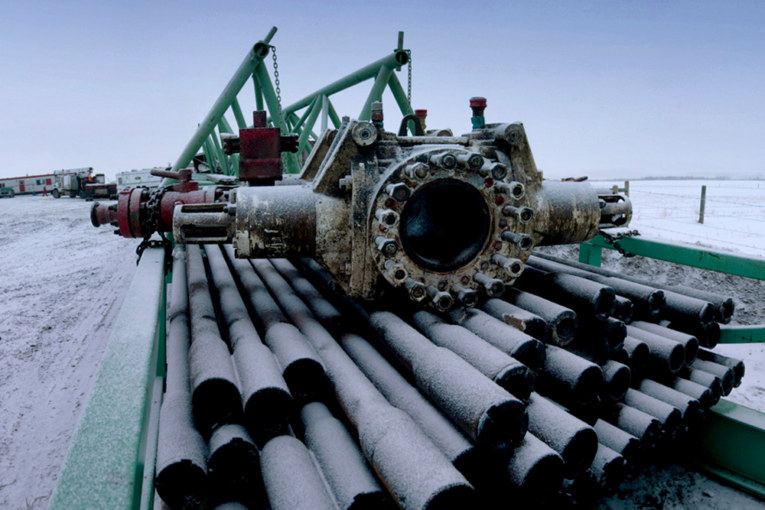
Has financial disaster been averted in Canada’s oil and gas industry?
‘Disaster’ is all relative. Let’s just say 2019 is going to be a difficult year following a tough set of recent circumstances.
One thing we know is that the recent episode of bargain-basement commodity prices — triggered by a regional glut of oil and gas looking for a pipeline to call home, combined with low international oil prices — has wounded this year’s outlook for conventional oilfield activity. That’s the segment of the business, outside the oilsands, where two-thirds of the industry’s spending typically occurs.
Beyond the tight orbit of Fort McMurray’s oilsands, in the broader oil and gas fields of B.C., Alberta and Saskatchewan, the overt indicator of sectoral health is drilling activity. Like counting cars on a freeway, you know the economy is bad if there are only a few commuters on the road.
It’s looking pretty bad for the first quarter. We’re entering the peak ‘rush hour’ of the winter drilling season with only 180 bits turning on active rigs. The level of activity is feeling a lot like the depths of 2016, the lowest New Year’s entry in decades (see Figure 1).
Having said that, the very real potential for fiscal disaster was averted. To clear the late 2018 production glut, the government of Alberta stepped into the market with a mandatory oil curtailment (8.7 per cent across the board). The goal was to restrain output until the market cleared. So far, the policy seems to be working. Domestic price discounts have snapped back to near-normal after accounting for usual quality and transportation differences. If 2019 plays out according to plan, the curtailment should be lifted by mid-year and various longer-term, market-balancing mechanisms — like increased rail movement, pipeline enhancements to boost unused capacity and other supply chain innovations — should keep the discounts in check.
While the first quarter has a sinking feeling, the outlook heading into summer may be better. Spending and drilling should strengthen into the back half of the year, though there is little doubt that 2019 as a whole will record fewer new oil and gas wells compared to the 7,000 in each of the past two years.
The current malaise is not only about Canadian issues, including pipeline delays, price discounts and policy angst. A major factor is top-line oil price. At benchmark Cushing, Oklahoma, a barrel of West Texas Intermediate (WTI) oil has fallen below the psychological $US50 mark.
Below $US50/B, many producers — state-owned and otherwise — feel a fiscal pinch. If sub-$50 lasts for more than a couple of months, worldwide drilling activity will pull back too.
Yet there is a new resiliency in the world of oil. The competitive pressures of the last four years has forced adaptation to significantly lower prices as well as the additional costs of environmental pressures. Globally, leading multinationals and progressive independent operators with high-quality assets can now be quite active at $US50/B; many are here in Canada. On the flip side, producers that are blind to innovation and still pining for $100/B remain troubled.
Low prices and hard times are frustrating, disagreeable and outright demoralizing in any business (think retail). During such times, progressive companies sharpen their pencils and necessarily figure out how to adapt. This has been happening in the global oil and gas industry. And it’s been forced acutely on Canada’s industry where prices have stubbornly bobbed below international levels.
Unfortunately, there is no sugar coating to be had. The start to 2019 is going to be a difficult one in the Canadian oil patch. But they say what doesn’t kill you makes you stronger. Given all the forces of change at play, domestic and international, some in the industry will falter. Others will regroup and innovate, becoming leaner and stronger, ready to take on the 2020s.
You can read more of the news on source
